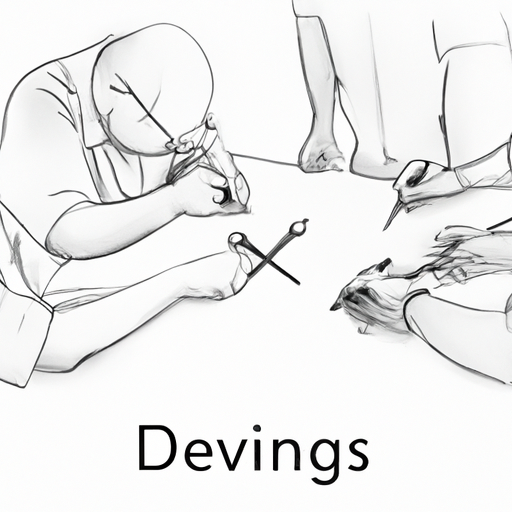Active recruiting involves proactively searching for and interacting with potential candidates, while passive recruiting involves contacting people who are not actively looking for a job.
Active recruiting allows for direct communication and conveying company culture, while passive recruiting accesseshidden talent pools and expands the candidate pool.
Recruiting the right talent is a critical aspect of any organization’s success.However, with the changing dynamics of the labor market, it has become increasingly important for companies to understand the difference between active and passive recruitment.
While both approaches aim to attract top talent, they use distinct strategies and techniques.article, we’ll delve into the nuances of active and passive recruiting, exploring their benefits, limitations, and how they can be used effectively to acquire the best talent for your organization.
Whether you want to take a proactive approach or use wait-and see networks and tactics, this article will guide you in choosing the right strategy for your recruiting efforts.
-
- 1.Understanding Active Recruiting A Proactive Approach to Talent Acquisition
-
- 2.Exploring passive recruitment using networks and waiting tactics
-
- 3.Advantages and Disadvantages of Active Recruiting Benefits and Limitations of a Targeted Approach
-
- 4.The Power of Passive Recruiting, Tapping Hidden Talent Pools
-
- 5.Active Recruiting Vs.passive Choosing the right strategy for your organization
1. Understanding active recruiting A proactive approach total acquisition
Active recruiting is a proactive approach to talent acquisition in which recruiters actively seek out and interact with potential candidates.
It involves taking direct action to find the best fit for a particular job or future positions within a company.approach is often used when there is an immediate need to fill a position or when an organization wants to build a pipeline of talent for future growth.
In active recruiting, recruiters use various methods toidentify potential candidates. They can search through online job boards, professional networking sites and social media platforms to find people with the skills and qualifications they want.
Recruiters also attend industry events, job fairswork and conferences to get face-to-face with potential candidates.
Once you identify potential candidates, active recruiting involves contacting them directly.Recruiters can send personalized emails or messages, make phone calls or even visit candidates in person to discuss employment opportunities.
This proactive approach allows recruiters to establish a direct line of communication with candidates, allowing them to effectively convey culturecompany,
2. Exploit passive recruitment using networks and waiting tactics
Passive recruitment is a widely used approach inthe recruiting process, which involves contacting potential candidates who are not actively looking for a job.
Unlike active recruiting, which focuses on attracting people who are actively looking for job opportunities, passive recruiting targets people who are not even aware of available positionsor considering a career change.
One of the key strategies used in passive recruiting is the use of networking. Recruiters often tap into their existing network of contacts, such as professionals, industry professionals, andemployees, to find potential candidates who might be a good fit for the organization.
These networks can provide valuable referrals and referrals, as well as information about people who possess the desired skills and qualifications.
In addition to networking, passive recruiting also involves the use of waiting tactics. This approach requires recruiters to monitor and pursue potential candidates who demonstrate exceptional skills or experience in their respective fields.
By keeping an eye on talented professionals, recruiters can contact them when suitable jobs arise.
3. Advantages and Disadvantages of Active Recruiting Benefits and Limitations a Targeted Approach
Active recruiting, also known as proactive recruiting, involves actively seeking out and approaching potential candidates for a specific job or position.
It takesa targeted approach where recruiters proactively engage with candidates through various channels such as job fairs, networking events, social media platforms and direct contact.






